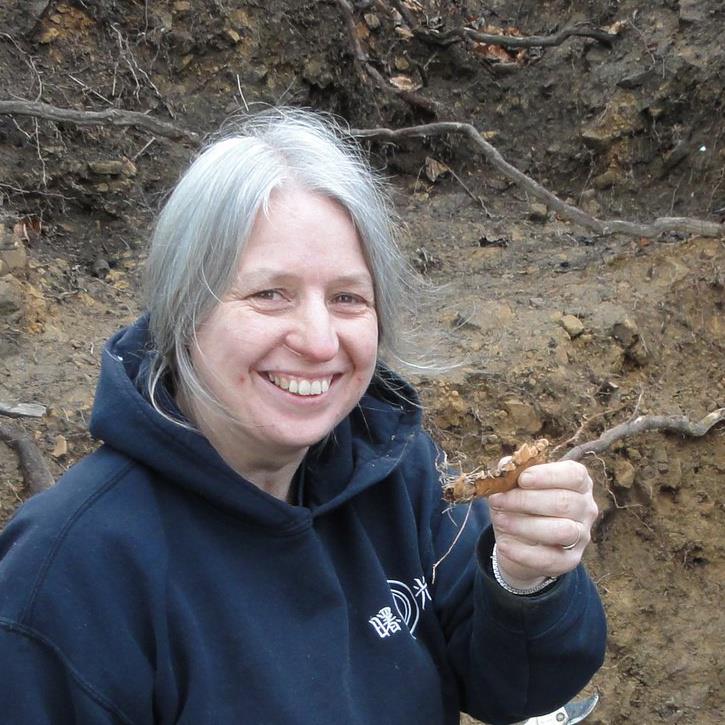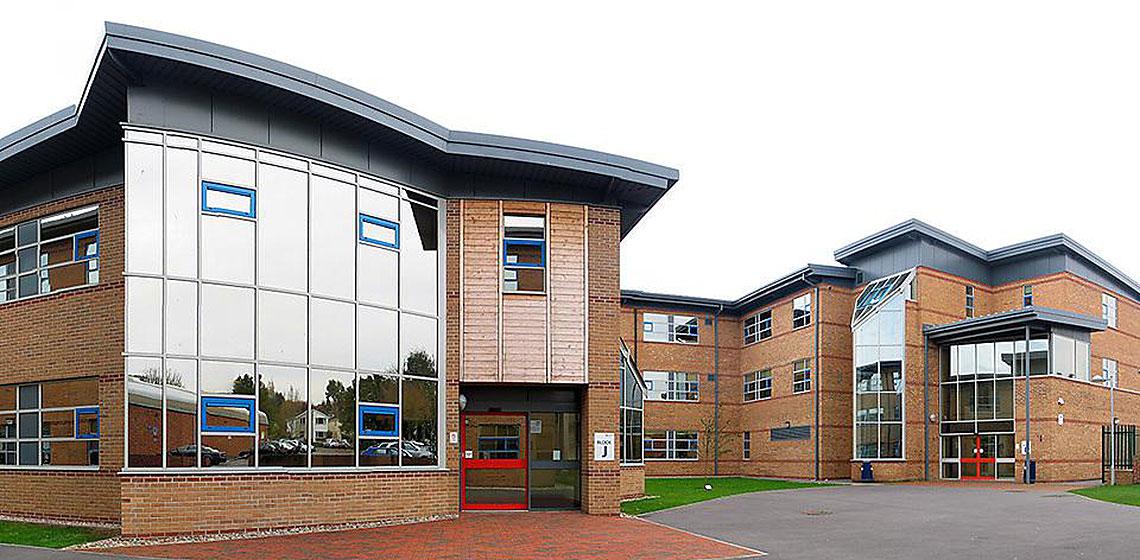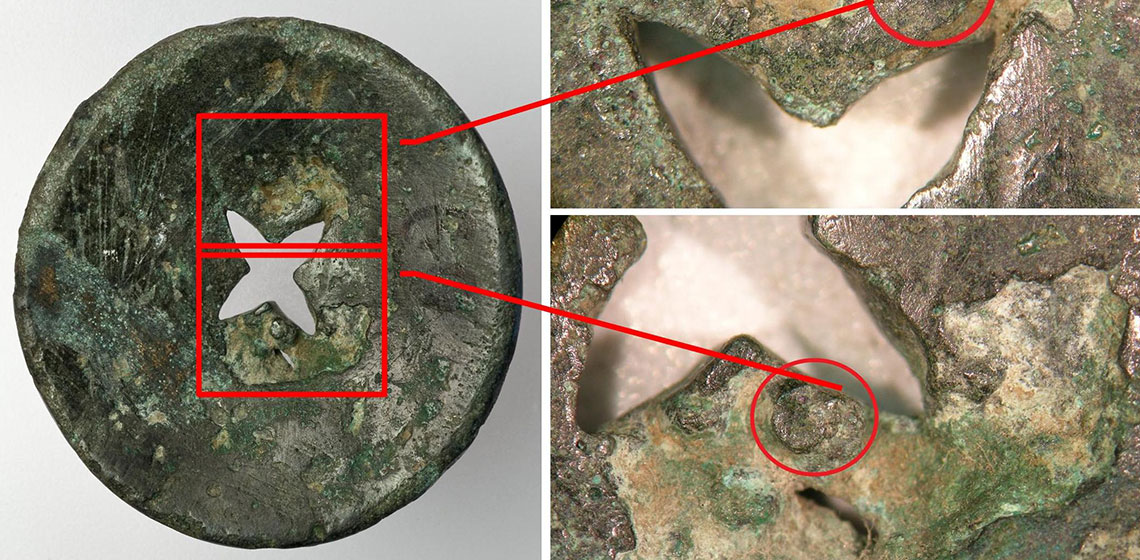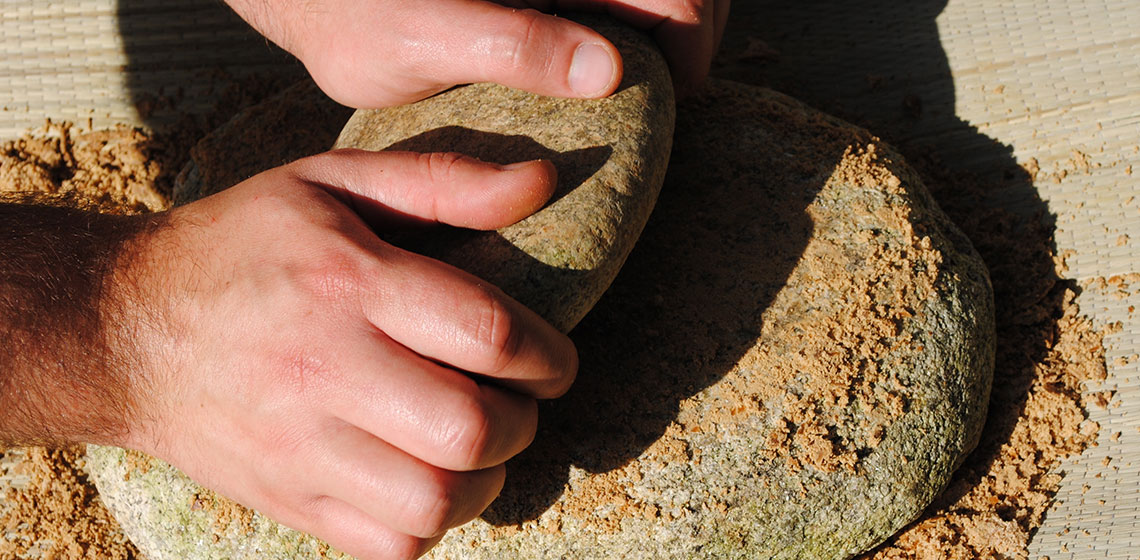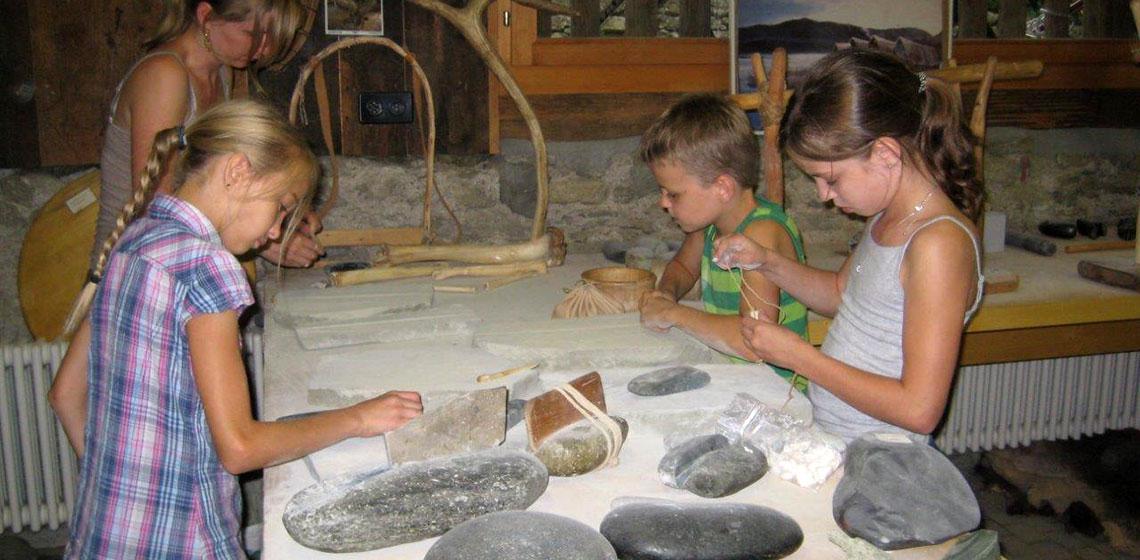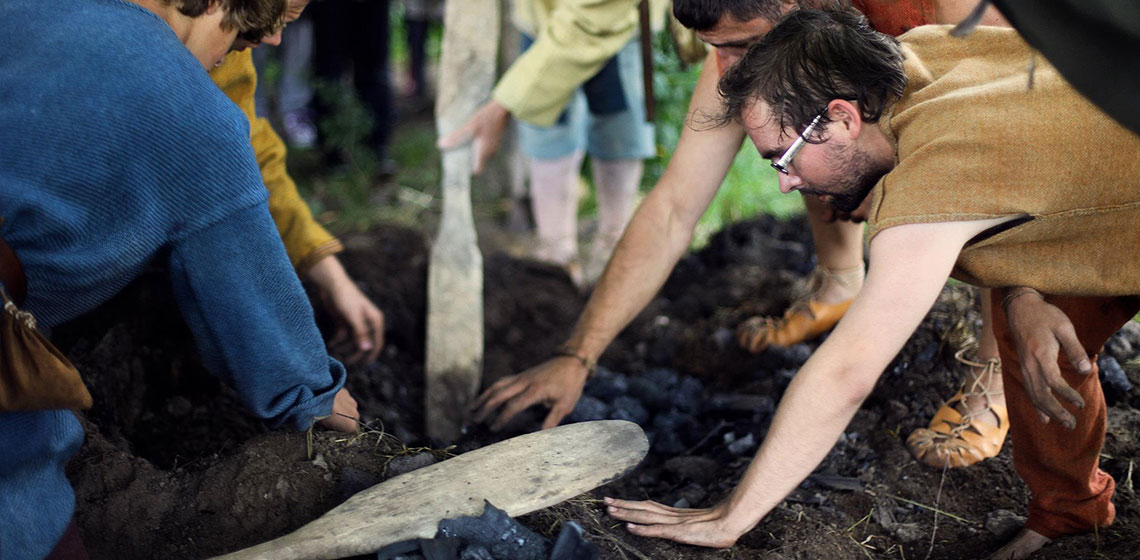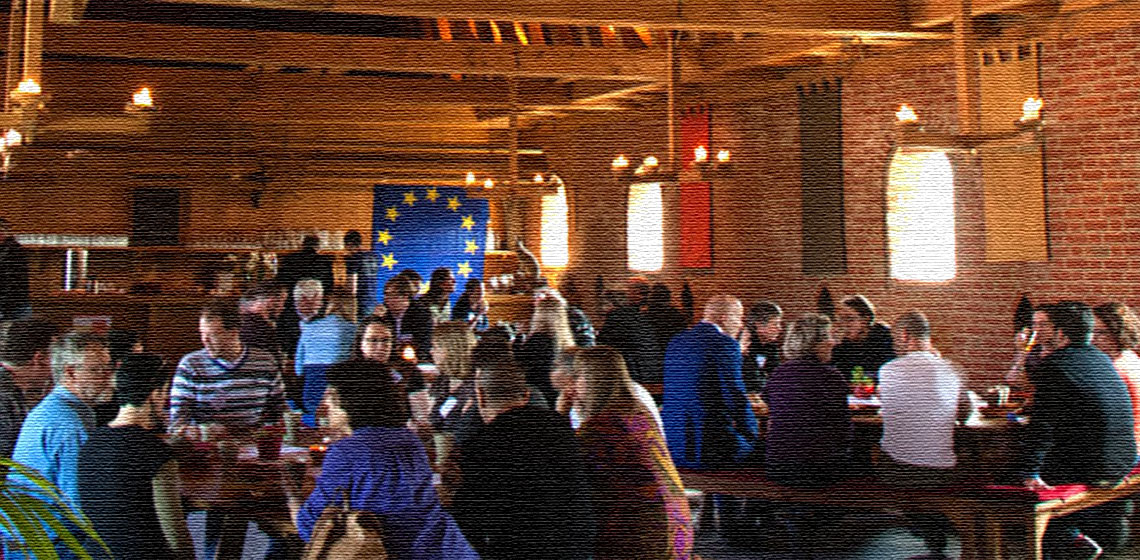Archeopark Prásily (CZ)
The Keltoi association is a civil society aiming at developing social activities and education for children and youngsters. For this purpose, they have constructed a Celtic settlement (5th – 1st century BC) near Prášily (Šumava) where they organise short and long stays and focus partly on the technique of the Iron Age, partly on social aspects of their (and our) life.
The Keltoi association is a civil society aiming at developing social activities and education for children and youngsters. For this purpose, they have constructed a Celtic settlement (5th – 1st century BC) near Prášily (Šumava) where they organise short and long stays and focus partly on the technique of the Iron Age...



